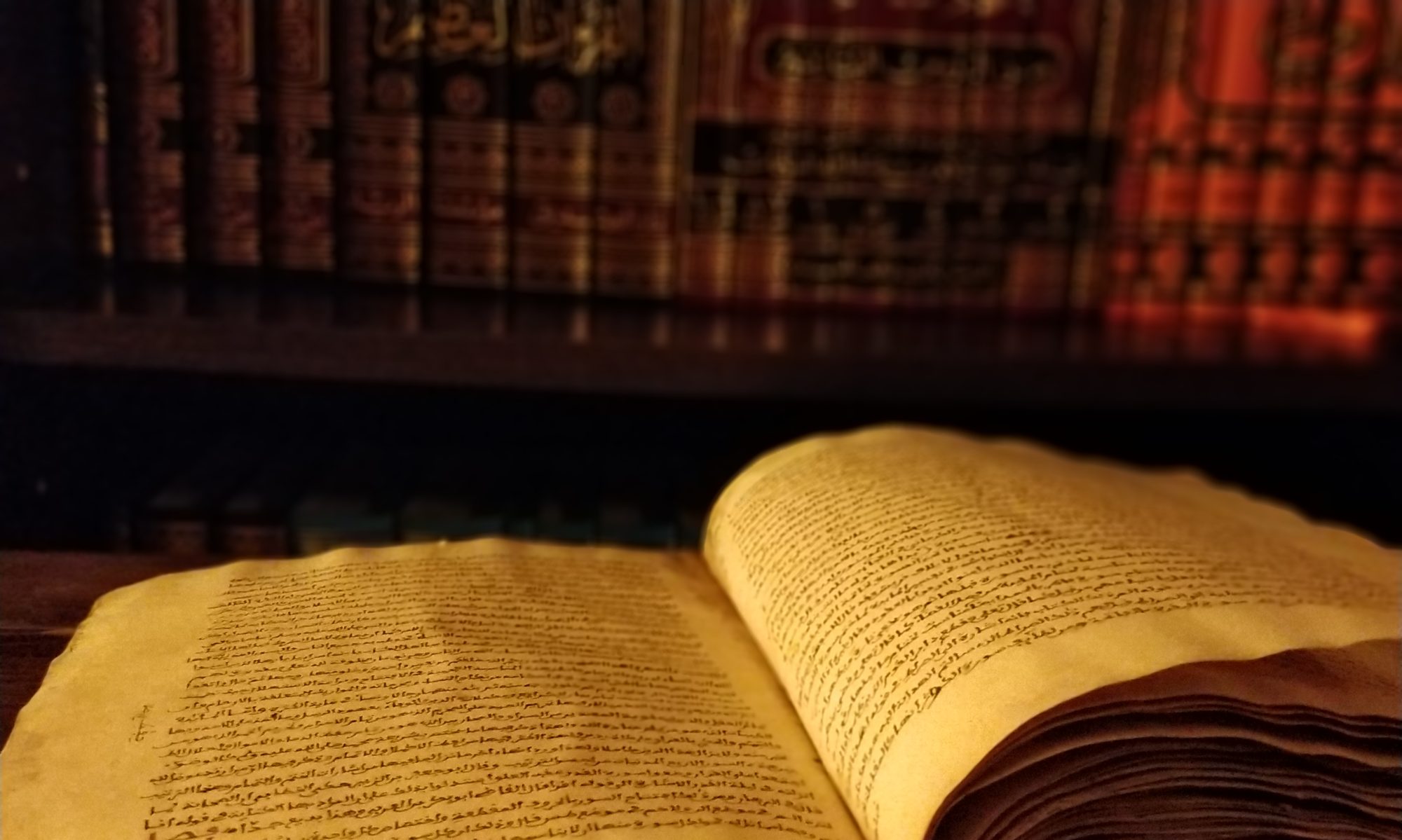Title: Single Folio of the Qur’aan
Scribe: Unknown | مجهول
Script: Kufic (Early Abbasid)
Date: ~early 9th Century CE (800CE-900CE)/ 3rd Century Hijri [183H to 286H]
Size: 18.5 X 13.5 CM
Folios: 1 Fol.
Description: 18 Lines/page | Parchment (Vellum) | Sepia or light black ink in Early Abbasid/Kufic script (Ref: Deroche, 1992)|
From Surah Al Anbiya (verse 50 to 78) :
Incipit: مشفقون (49) وهذا ذكر مبارك;
Explicit: إذ نفشت فيه غنم القوم و
Provenance: From the private collection of Mr. Khatib (based in London). | A private collector has a folio of this Qur’an (from Surat Israa (Ayah 92 “كسفا أو تأتي بالله” to 110 “فله الأسماء الحسنى”)). A group of 7 folios from the same Qur’an sold at Christie’s on April 11th, 2008 (Sale 5331, Lot 136), which sold for $9,860. Two folios of the same Qur’an sold at Rosebury’s Islamic & Indian Arts auction on Oct 22, 2018 (Lot 71) for $2,433.47
Research Notes: The Certificate of Authenticity denotes the script as Hijazi, which would place the folio as possibly in the late 2nd (Hijri) 8th (CE) century. However, it is clearly not the Hijazi script. After comparing the script with many cataloged folios from the 3rd (Hijri)/ 8th (CE) to 5th (Hijri)/ 10th (CE) century, it’s clearer that this is an early Abbasi/Kufic script. More recently, orientalists and researchers have dropped the term Kufic in favor of François Déroche’s: “Early ‘Abbasi bookhand” (Déroche, 1992; 2006, pg 216; Gacek, 2012, pg. 97-98). They argued that “Kufic” is vague. Based on the letterform of the Alif Mu’aqaffah, particularly the shortness of it’s right-ward bending, lack of tilt (common in the ‘Ma’il’/’Munabidh’ style), form of the لا Alif warraqiyyah, elongation, spacing, and baseline; it is probably a transitionary stage of Hijazi to Kufi (Early Abbasi) and dates from the 9th century (possibly early 9th century). Based on palaeographic comparisons, the style of the Alif leads me to think that the script is more transitionary rather than a stratified “Kufic”, nor does it fall under the “New Abbasi” style, which originated around the 3rd (Hijri)/9th (CE) century (Gacek, 2012, Pg. 167). The closest match to Déroche’s classification is B.II: this is specifically seen with the ط (Taa) and the initial ع (‘Ayn). Alain George (2010, pg 90) demonstrates an example of this style in QUR48 of the Khalili collection. This style closely matches that of this manuscript. George (2010, pg. 91) argues that this style emerged in the early 8th century CE and was used well into the 9th century. It is also likely that this manuscript is an early form of the B.II script from the 8th century, given the variance in the Alif and Nun forms. Therefore, it’s probably better to state that this is “Early Abbasi” (Déroche, 1992, pg. 38) from possibly the 8th, but likely the 9th century |
Accession #: Ms.056f

